42 carbs on food labels
Carb Counting Nutrition Guide | University Hospitals 15 grams (g) per snack. Men. 45-60 grams (g) per meal. 60-75 grams (g) per meal. 15 grams (g) per snack. Example: Look at the meal on the right. This meal has a combination of foods, some of which have carbohydrates, or, carbs for short. This information can be found on the nutrition label. The total carbohydrates in this meal is 46 grams. Get to Know Carbs | ADA - American Diabetes Association Complex carbohydrates are digested slower, therefore they are less likely to cause a rapid spike in your blood sugar like refined carbohydrates. Examples are whole grains and legumes. Processed foods tend to be high in carbs, especially refined carbohydrates, while also being very low in vitamins, minerals and fiber—giving carbs a bad rap.
Carb Counting | CDC - Centers for Disease Control and Prevention Carbs are measured in grams. On packaged foods, you can find total carb grams on the Nutrition Facts label. You can also check this list or use a carb-counting app to find grams of carbs in foods and drinks. For diabetes meal planning, 1 carb serving is about 15 grams of carbs. This isn't always the same as what you think of as a serving of food.
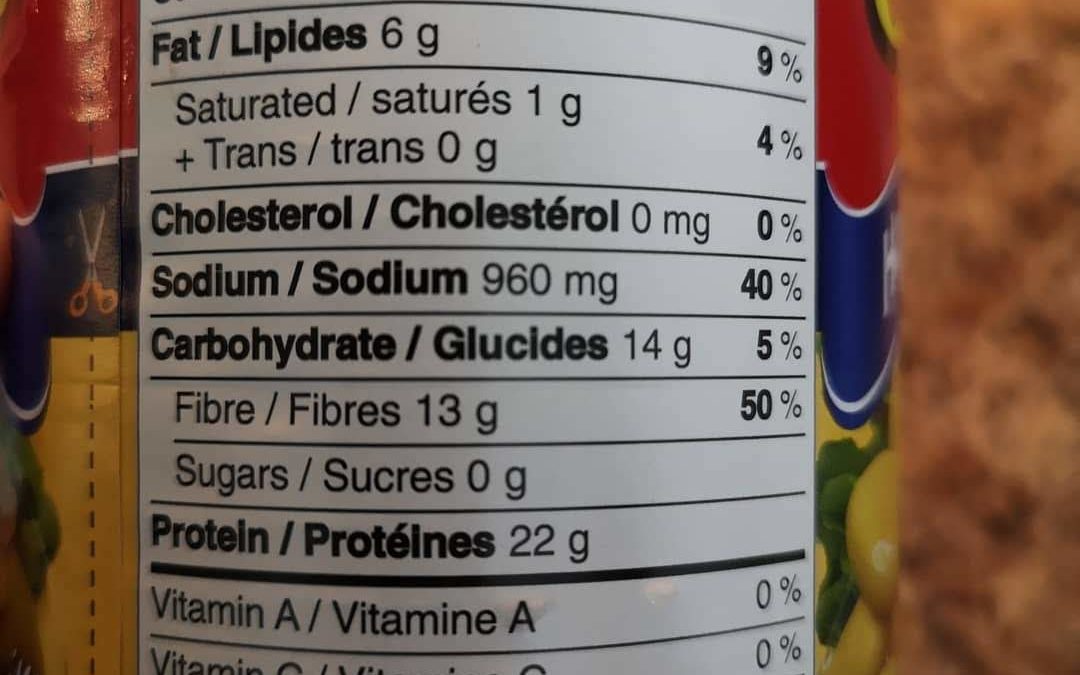
Carbs on food labels
Making Sense of Food Labels | ADA - American Diabetes Association Below the Total Carbohydrate (carbs), you will find a breakdown of the types of carbohydrate in the food. Learn more about carbs. Added sugar. One of the three types of carbohydrates in food is sugar. As of January 2021, labels must include added sugar to help you know the difference between sugar that occurs naturally in the food (like yogurt ... Reading Food Labels | ADA - American Diabetes Association The Nutrition Facts labels on foods are really the key to making the best choices. We'll cover the basics so that these labels make shopping easier for you. Get started Understanding Carbs You've heard it all. From carb-free to low-carb, to whole and empty carbs, it's hard to know what it all means. Learn more Food & Blood Sugar How are Carbohydrates & Dietary Fiber Labelled on Foods? Net carbohydrate is the total amount of carbohydrate, minus the amount of dietary fiber found in a food, and is often displayed on the front of food packaging. Essentially, this is a fancy way for food manufactures to market their food as being more superior than their competitors. For example, a protein bar manufacturer may make the claim that ...
Carbs on food labels. Food Labels: Carbohydrates | Home & Garden Information Center The 2015 Dietary Guidelines for Americans makes the following recommendations about daily consumption of unrefined carbohydrate foods, based on a 2,000-calorie diet: Choose fiber-rich fruits, vegetables, and whole grains often. 6 ounces of grain products, with at least half of this amount being whole grain products 2 ½ cups vegetables Added Sugars on the New Nutrition Facts Label | FDA - U.S. Food and ... The new Nutrition Facts label can help you compare and choose foods that are lower in added sugars. Check the label to see if foods are LOW or HIGH in added sugars. 5% DV or less is a LOW source ... PDF Read the Food Label for Carbohydrates - National Institutes of Health Read the Food Label for Carbohydrates Food labels help you choose foods that are lower in calories and in carbohydrates and sweeteners. Here is a food label for a 12-ounce regular soda. The label provides lots of useful information. 1. Serving Size and Number of Servings The serving size is 12 ounces. There's 1 serving in this container. 2. Food Labels and Counting Carbs - dummies Total Carbohydrate is listed in grams. Because %Daily Value is written in bold and off to the right side of the label, and lined up neatly with the actual amount, it is easy to allow your eye to zero in on the %Daily Value rather than the actual amount in grams.
Food Labels | CDC - Centers for Disease Control and Prevention If you eat the whole thing, you are eating 8 times the amount of calories, carbs, fat, etc., shown on the label. Total Carbohydrate shows you types of carbs in the food, including sugar and fiber. Choose foods with more fiber, vitamins, and minerals. Choose foods with lower calories, saturated fat, sodium, and added sugars. Avoid trans fat. Get Smart On Carbs | ADA - American Diabetes Association As you'll see on the nutrition labels for the food you buy, the term "total carbohydrate" refers to all three of these types. The goal is to choose carbs that are nutrient-dense, which means they are rich in fiber, vitamins and minerals, and low in added sugars, sodium and unhealthy fats. When choosing carbohydrate foods: How to Understand and Use the Nutrition Facts Label | FDA - U.S. Food ... It can tell you if a serving of food is high or low in a nutrient and whether a serving of the food contributes a lot, or a little, to your daily diet for each nutrient. Note: some nutrients on... Reading labels | Diabetes UK Key points Always look at the 'total carbohydrate' on the label when carb counting. This will make sure you are counting both the complex (starchy) and simple (sugary) carbs in your food. Both will raise your blood glucose (blood sugar) levels, and need to be matched with insulin.
Carb Counting #2: Nutrition Labels - tandemdiabetes.com For counting carbohydrates, the two most important and useful items on the label are: Serving Size Total Carbohydrate "Total Carbohydrate" should be the main focus - NOT just the Sugars. Total Carbohydrate reflects all sugars, including sugar, starch, fiber, and sugar alcohol. Learning To Read Labels :: Diabetes Education Online The serving size listed is 3 pieces (or 90 grams if you are weighing the product). The grams of total carbohydrate per serving is 30 grams. If you eat 6 pieces, that is two servings. You would be getting 60 grams of total carbohydrate (1 serving = 30 grams of total carbohydrate, 2 servings = 60 grams of total carbohydrate). How To Figure Out The Carbs On Nutrition Labels Trying to interpret the carbohydrates on nutrition facts labels can be downright confusing. There's a number for total carbohydrates but then there are subheadings for dietary fiber, sugars, and sometimes insoluble fiber, sugar alcohols, and other carbohydrates. What Does Everything Mean? Total Carbohydrate, shown in grams, is first. Reading food labels: Tips if you have diabetes - Mayo Clinic Just as food labels can help you avoid certain foods, food labels can also serve as your guide to free foods. A free food is one with: Fewer than 20 calories a serving Less than 5 grams of carbohydrates a serving Do the math Pay attention to serving sizes.
How to Calculate Net Carbs - Healthline Net carbs are sometimes referred to as digestible or impact carbs. The terms refer to carbs that are absorbed by the body, including both simple and complex carbs. Simple carbs contain...
Low Carb Guide to Understanding Nutrition Labels - Virta Health The carbohydrate count is given as total grams, and then broken down into carbs from fiber and sugar. Focus on total carbohydrate. Sugar should be zero as often as possible (1-2g at most). Fiber is a carb and should be included in your total for the day (initially 30g or less). Again, pay attention to the serving size.
How are Carbohydrates & Dietary Fiber Labelled on Foods? Net carbohydrate is the total amount of carbohydrate, minus the amount of dietary fiber found in a food, and is often displayed on the front of food packaging. Essentially, this is a fancy way for food manufactures to market their food as being more superior than their competitors. For example, a protein bar manufacturer may make the claim that ...
Reading Food Labels | ADA - American Diabetes Association The Nutrition Facts labels on foods are really the key to making the best choices. We'll cover the basics so that these labels make shopping easier for you. Get started Understanding Carbs You've heard it all. From carb-free to low-carb, to whole and empty carbs, it's hard to know what it all means. Learn more Food & Blood Sugar
Making Sense of Food Labels | ADA - American Diabetes Association Below the Total Carbohydrate (carbs), you will find a breakdown of the types of carbohydrate in the food. Learn more about carbs. Added sugar. One of the three types of carbohydrates in food is sugar. As of January 2021, labels must include added sugar to help you know the difference between sugar that occurs naturally in the food (like yogurt ...
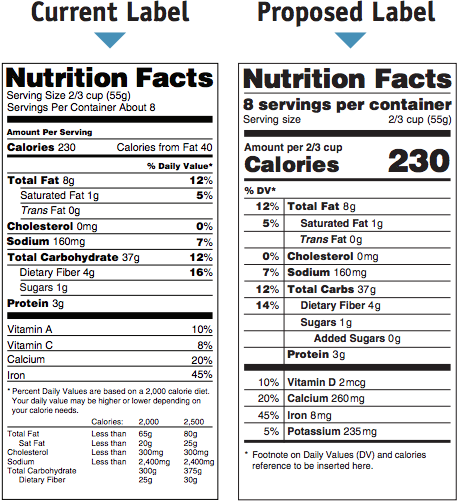
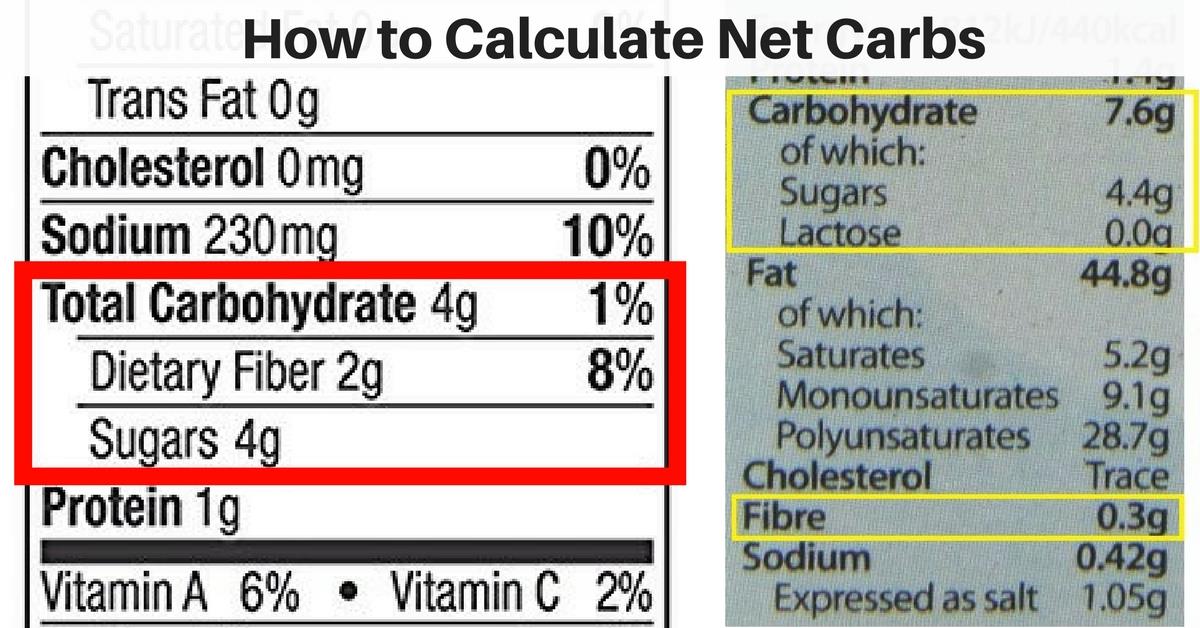
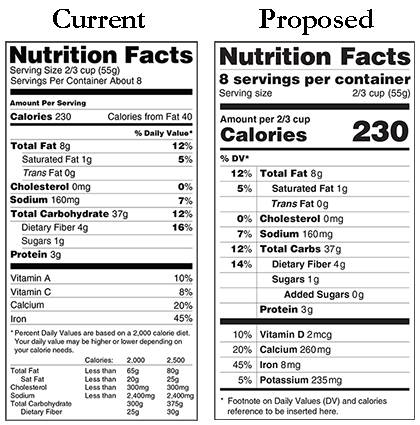

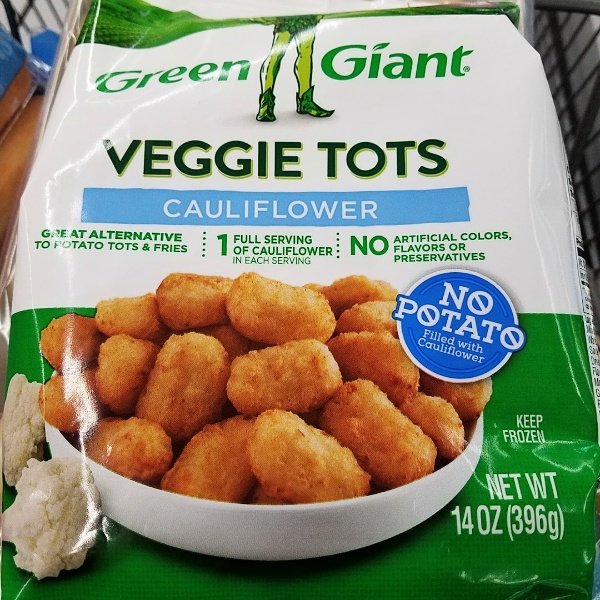
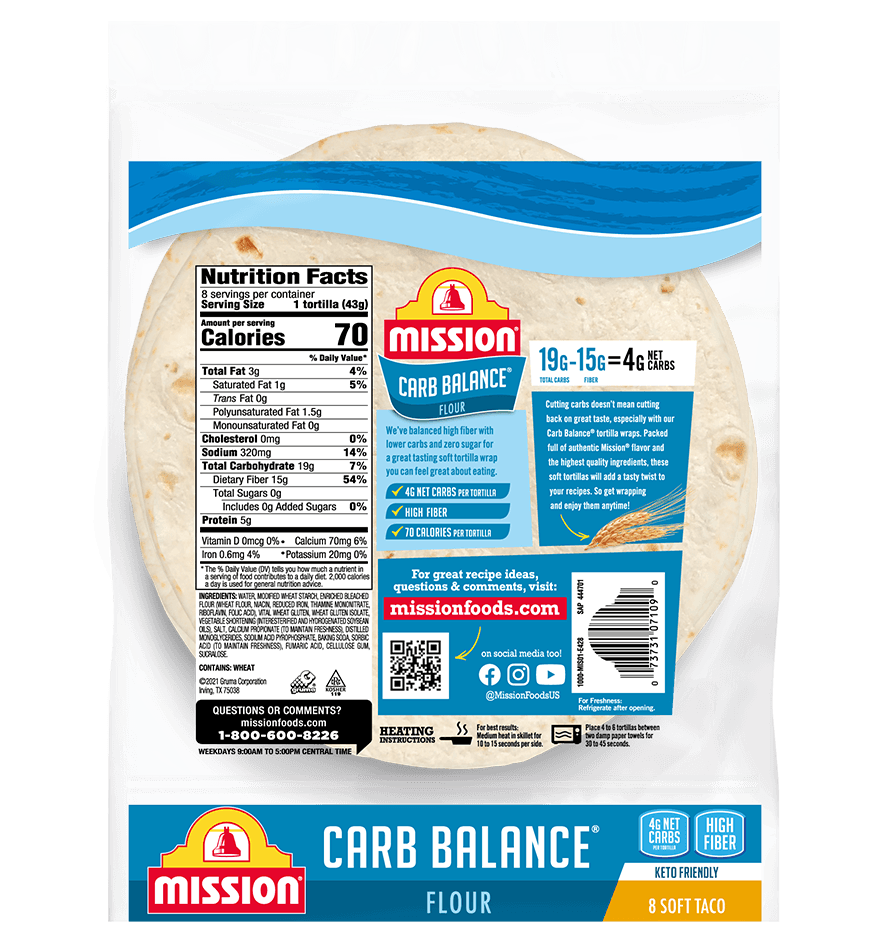
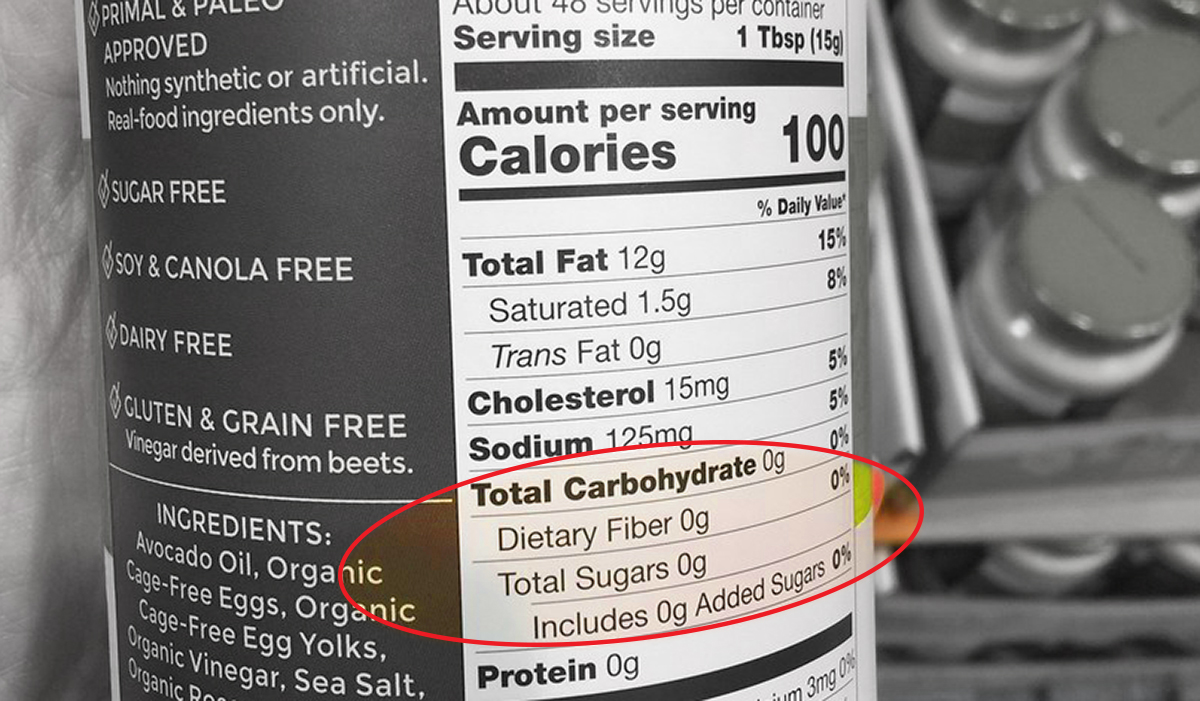
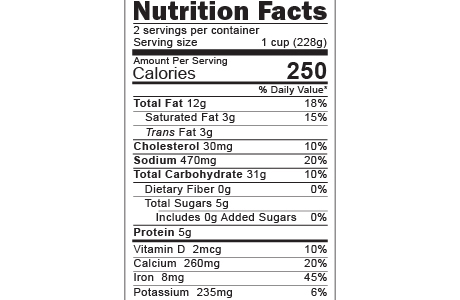

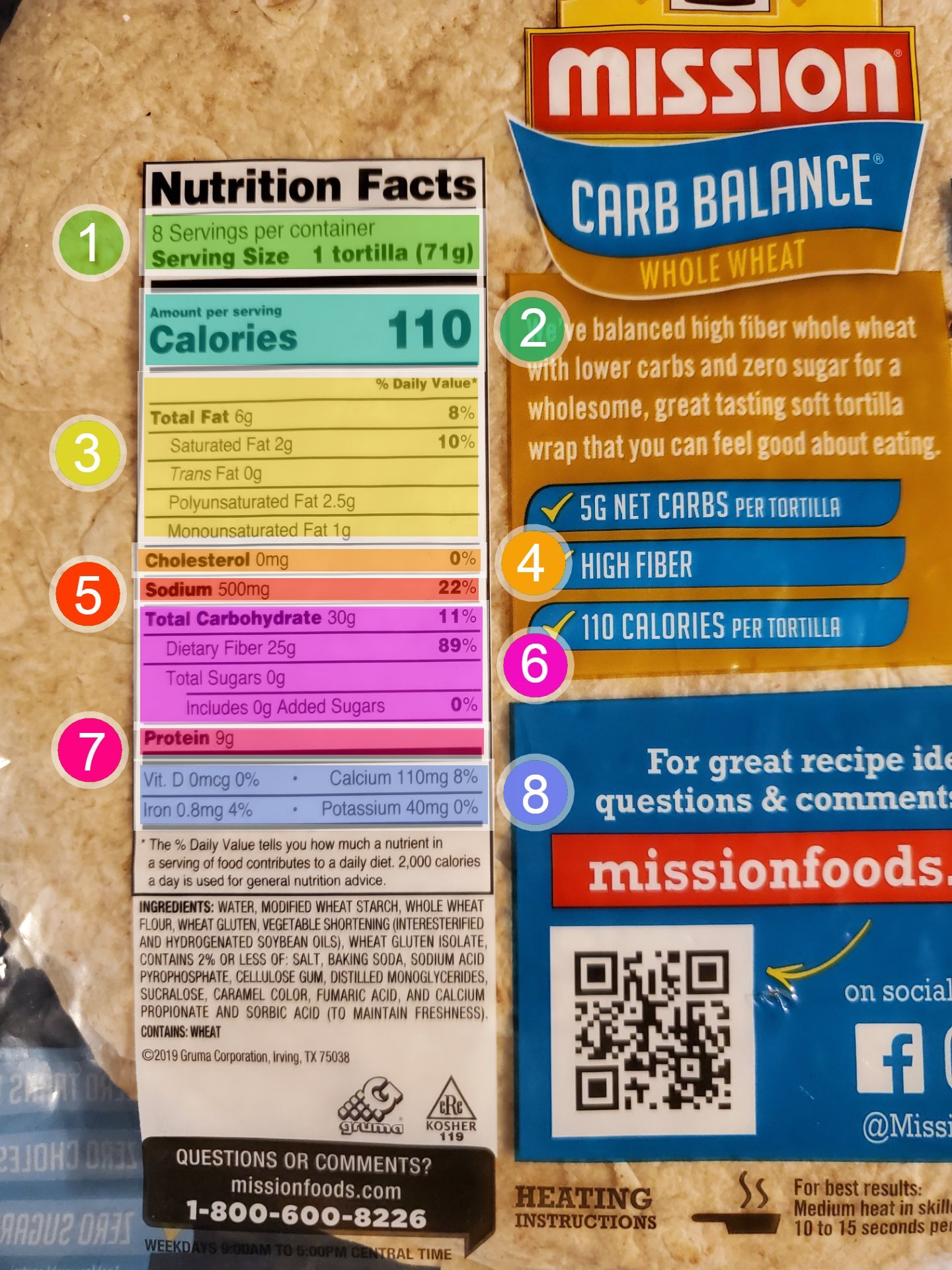
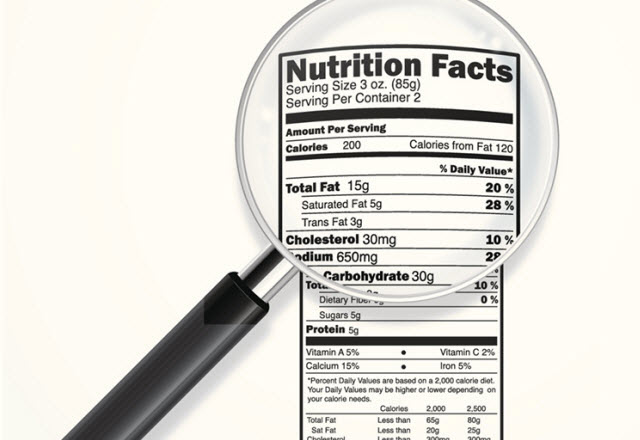



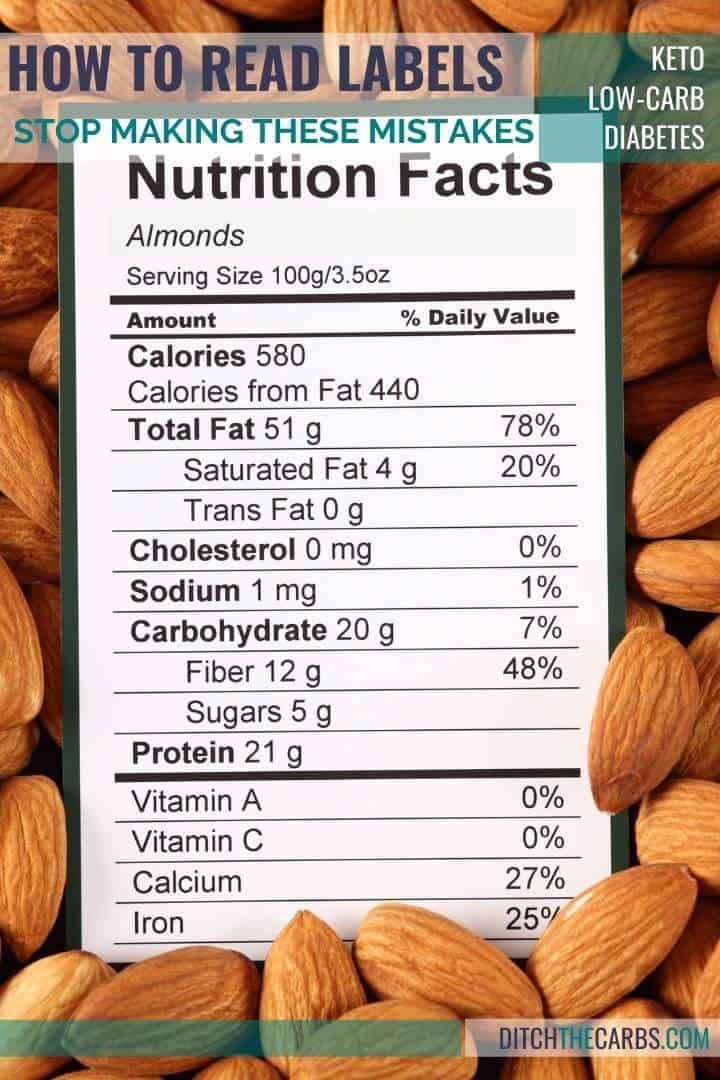
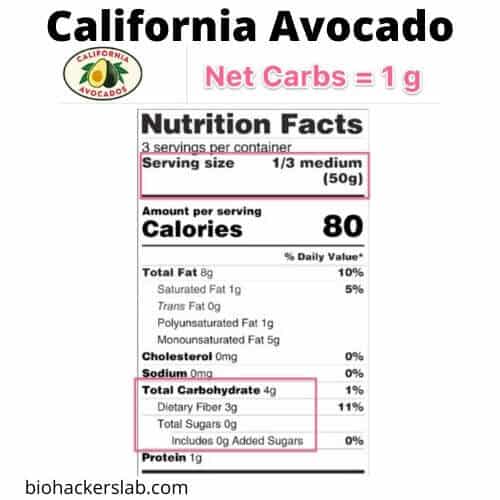
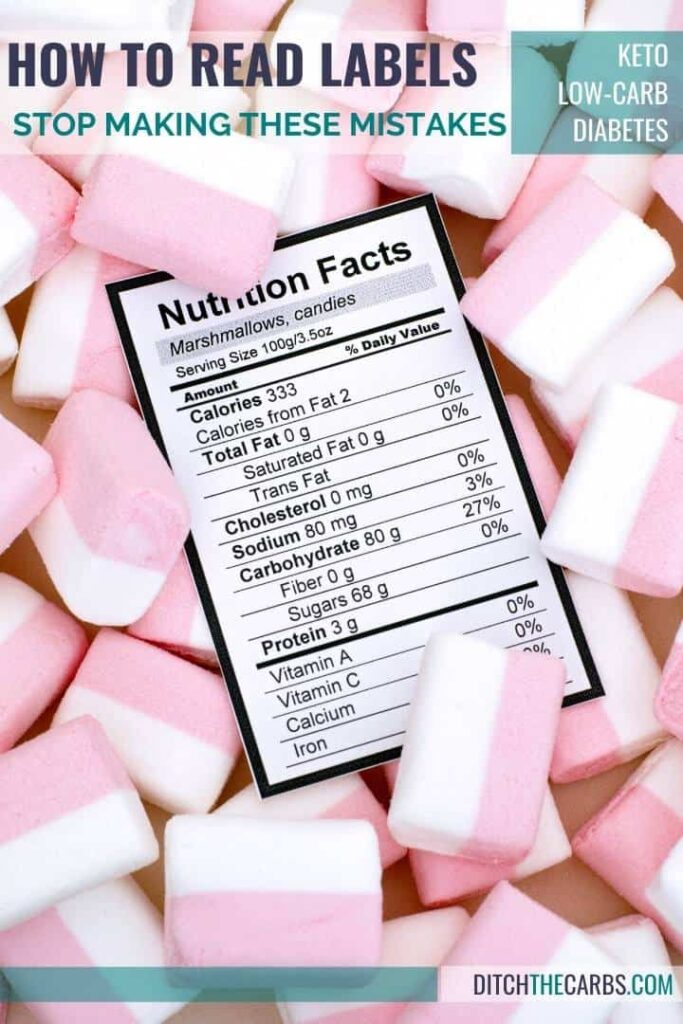
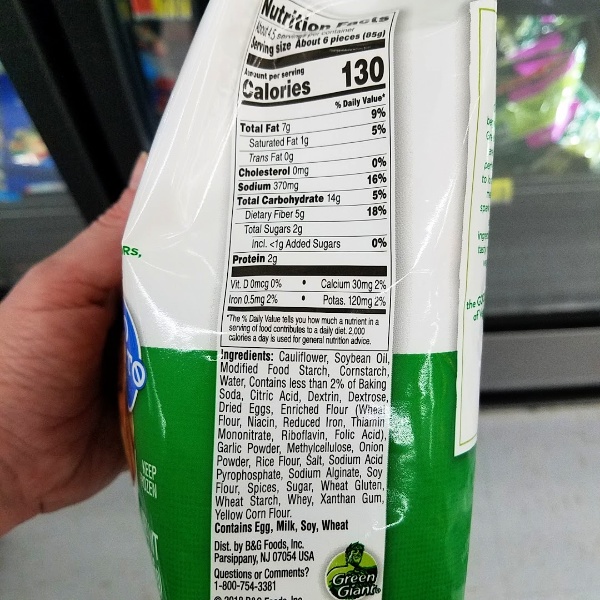


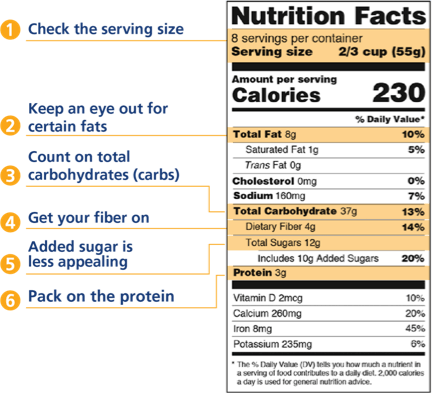

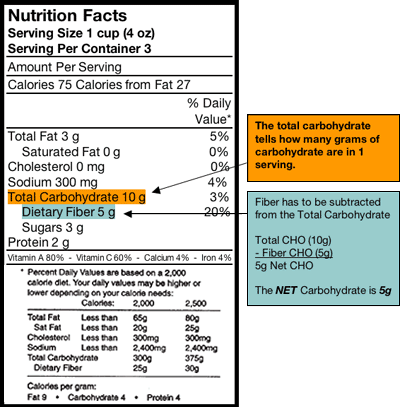







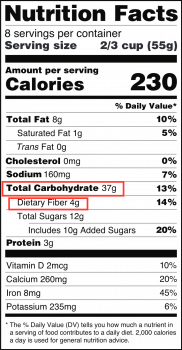
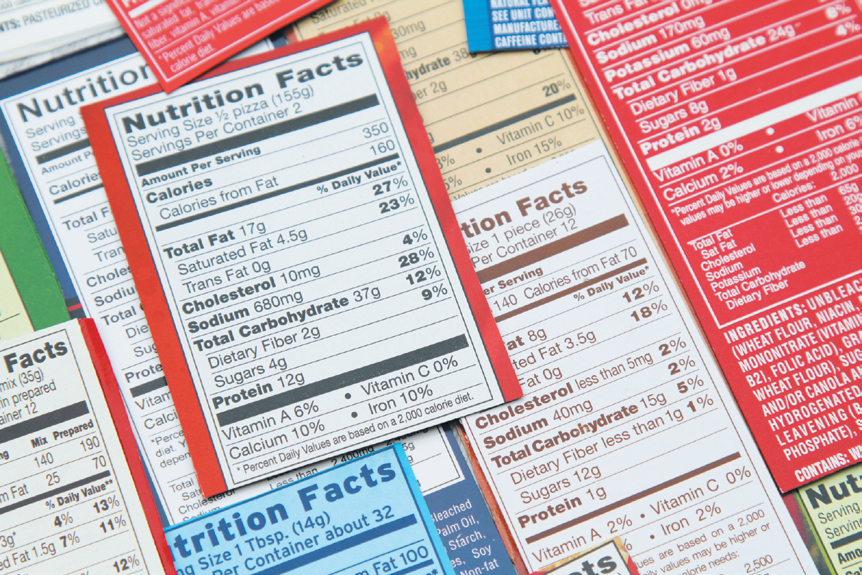


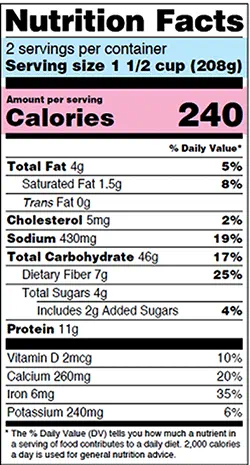


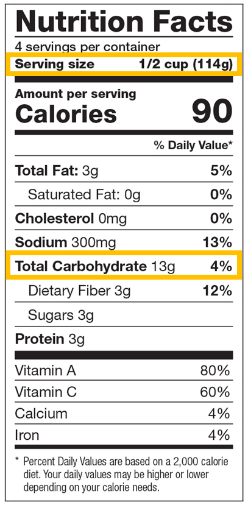
Post a Comment for "42 carbs on food labels"